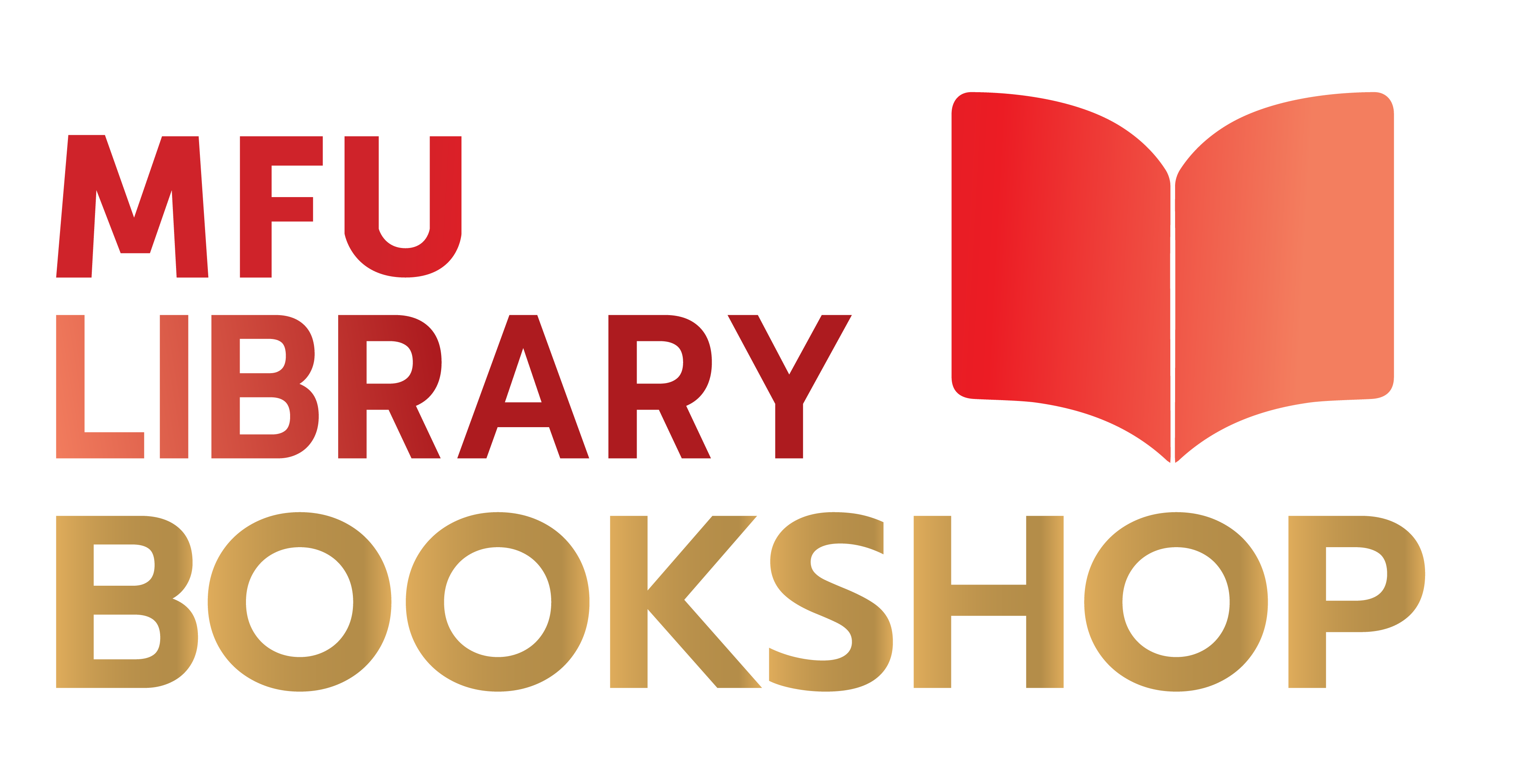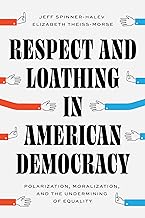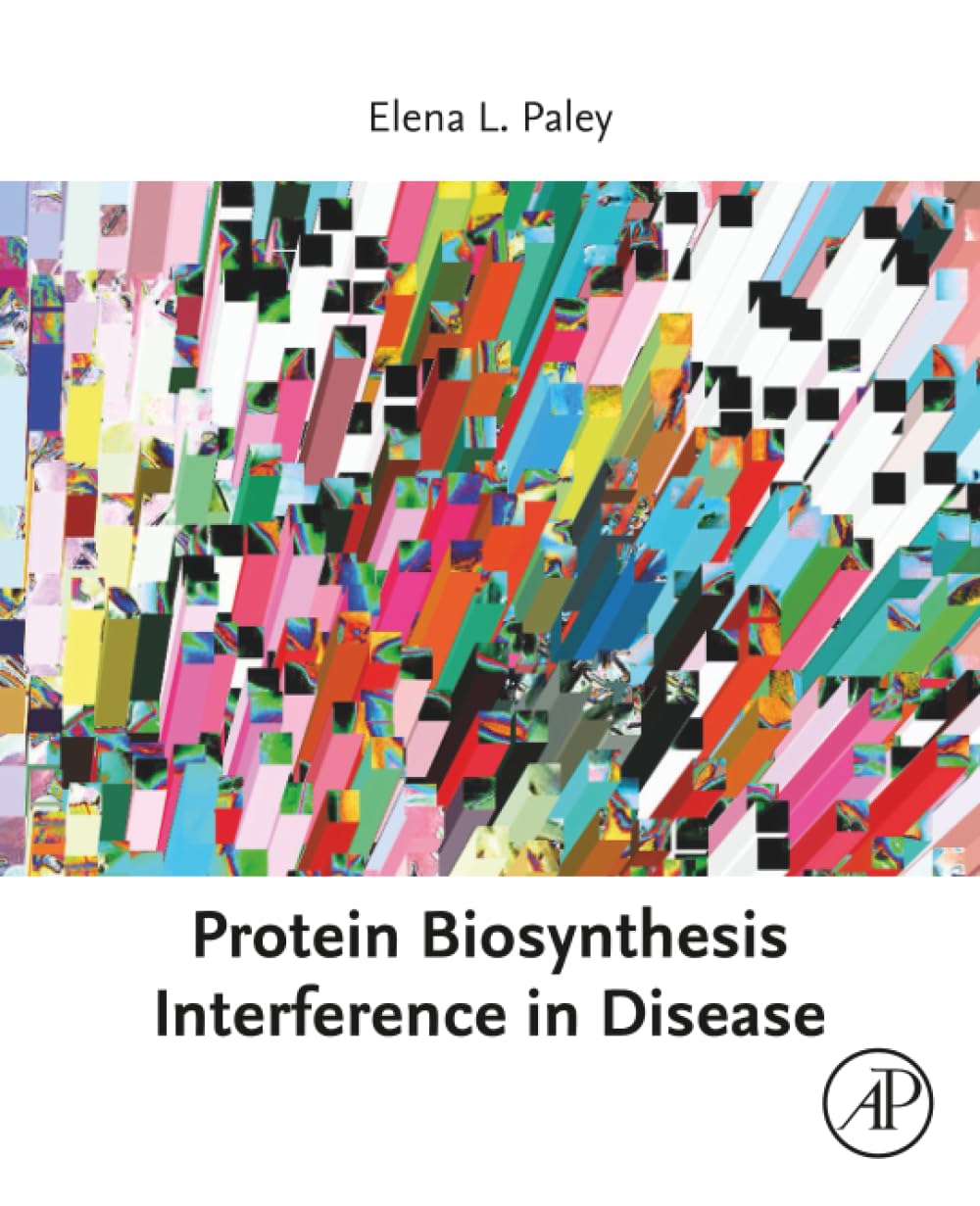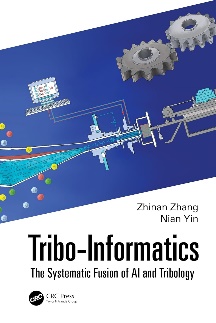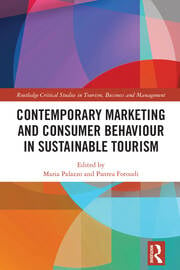
Book
Chemical Thermodynamics An Introduction
ISBN : 9781041001539
Author : Victor CM Freestone
Publisher : CRC Press
Year : 2025
Language : English
Type : Book
Description : Thermodynamics can never be made easy, but with the right approach and a consistent use of scientific terms it can be made less opaque, and it can give a person, who is prepared to try, an insight into how science explains why things happen the way they do. The approach adopted in this book will give readers a better understanding of how science works together with its limitations. Unfortunately, thermodynamics, or at least some parts of it, is a subject which (apart from quantum mechanics) probably causes most confusion and bewilderment amongst scientists. The majority of students do not understand or “get” thermodynamics, and it is considered a “hard” or difficult subject. There are multiple reasons for this. There is of course mathematics, and many thermodynamic texts appear to be lists upon lists of differential equations. Another reason is that thermodynamics is, as often as not, poorly taught by teachers/lecturers who themselves do not understand, or appreciate, or have any interest in the subject (often all three). This results not only in a lack of scientific rigorousness in the teaching of the subject with the resulting confusion, and sometimes teachers, lecturers and authors just get it plain wrong (this occurs surprisingly often). However, it need not be like this and although mathematics (including calculus) is required, it can be kept to a relatively elementary level in order to obtain an understanding of this most important of subjects. No one can pretend that the subject is easy, but it can be made more accessible by a rigorous definition of terms and concepts and ensuring that a consistency of use of these definitions is maintained.Thermodynamics can never be made easy, but with the right approach and a consistent use of scientific terms it can be made less opaque, and it can give a person, who is prepared to try, an insight into how science explains why things happen the way they do. The approach adopted in this book will give readers a better understanding of how science works together with its limitations. Unfortunately, thermodynamics, or at least some parts of it, is a subject which (apart from quantum mechanics) probably causes most confusion and bewilderment amongst scientists. The majority of students do not understand or “get” thermodynamics, and it is considered a “hard” or difficult subject. There are multiple reasons for this. There is of course mathematics, and many thermodynamic texts appear to be lists upon lists of differential equations. Another reason is that thermodynamics is, as often as not, poorly taught by teachers/lecturers who themselves do not understand, or appreciate, or have any interest in the subject (often all three). This results not only in a lack of scientific rigorousness in the teaching of the subject with the resulting confusion, and sometimes teachers, lecturers and authors just get it plain wrong (this occurs surprisingly often). However, it need not be like this and although mathematics (including calculus) is required, it can be kept to a relatively elementary level in order to obtain an understanding of this most important of subjects. No one can pretend that the subject is easy, but it can be made more accessible by a rigorous definition of terms and concepts and ensuring that a consistency of use of these definitions is maintained.
